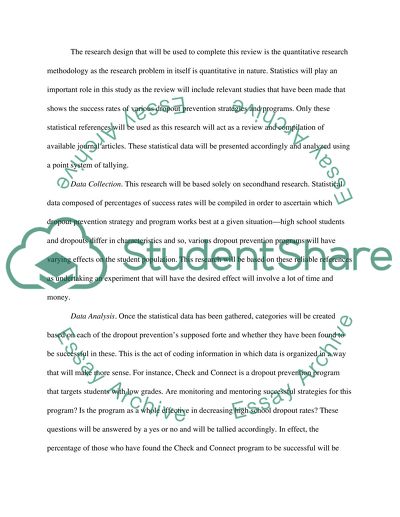Cite this document
(“Addressing High School Dropout Rates Assignment”, n.d.)
Addressing High School Dropout Rates Assignment. Retrieved from https://studentshare.org/education/1558269-essay-questions-to-be-completed-on-fri
Addressing High School Dropout Rates Assignment. Retrieved from https://studentshare.org/education/1558269-essay-questions-to-be-completed-on-fri
(Addressing High School Dropout Rates Assignment)
Addressing High School Dropout Rates Assignment. https://studentshare.org/education/1558269-essay-questions-to-be-completed-on-fri.
Addressing High School Dropout Rates Assignment. https://studentshare.org/education/1558269-essay-questions-to-be-completed-on-fri.
“Addressing High School Dropout Rates Assignment”, n.d. https://studentshare.org/education/1558269-essay-questions-to-be-completed-on-fri.


